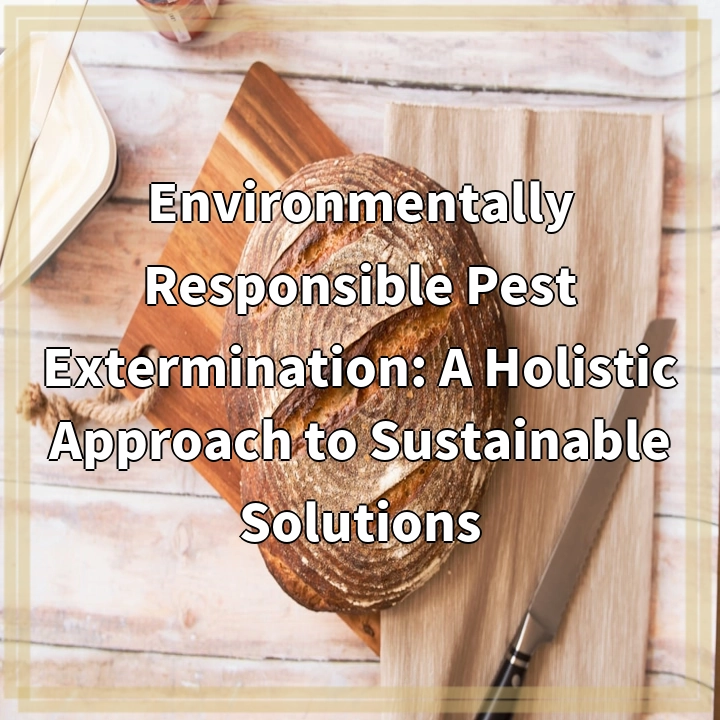
What it is:
Handcrafted jewelry has long been cherished as a form of artistic expression and personal adornment. However, in recent years, a new trend has emerged within the world of handcrafted jewelry – the rise of green innovations. These eco-friendly practices and materials are transforming the industry, making it more sustainable and environmentally conscious.
Real-World Problems:
The conventional jewelry industry has historically been associated with various environmental and social issues. One significant concern is the mining of precious metals and gemstones. Mining activities often result in habitat destruction, water pollution, and the displacement of local communities. Additionally, the energy-intensive processes used to extract, refine, and manufacture jewelry contribute to greenhouse gas emissions and climate change.
Another problem is the use of hazardous chemicals and toxic materials in jewelry production. Traditional practices involve the use of chemicals such as cyanide and mercury for gold extraction, which can have detrimental effects on ecosystems and human health.
Furthermore, the jewelry industry has faced criticism for inadequate labor practices and ethical issues. In some cases, workers in mines and jewelry production facilities may be subjected to unsafe working conditions, low wages, and exploitation.

Solutions to Green Innovations in Handcrafted Jewelry:
1. Sustainable Sourcing:
One solution to the environmental and social problems associated with handcrafted jewelry is the promotion of sustainable sourcing practices. This involves using recycled precious metals and gemstones, as well as embracing alternatives such as lab-grown diamonds and organic materials. By reducing the demand for new mining activities, sustainable sourcing helps protect natural habitats and local communities.
2. Responsible Manufacturing:
To address the issue of hazardous chemicals and toxic materials, responsible manufacturing processes are being implemented in the industry. Jewelers are adopting eco-friendly techniques, such as using non-toxic alternatives for gold extraction and employing proper waste management systems. This reduces environmental contamination and safeguards the health of workers and surrounding communities.
3. Ethical practices:
A crucial solution is the adoption of ethical labor practices throughout the supply chain. Jewelers are increasingly committed to ensuring fair wages, safe working conditions, and respect for human rights. This includes supporting artisanal communities and partnering with organizations that promote fair trade and sustainable livelihoods.
4. Education and Consumer Awareness:
Another important solution is spreading awareness among consumers about the impact of their jewelry choices. Educating customers about the importance of sustainable and ethical practices can drive demand for responsible jewelry and influence the entire industry. This can be achieved through transparent labeling, certifications, and consumer education campaigns.















